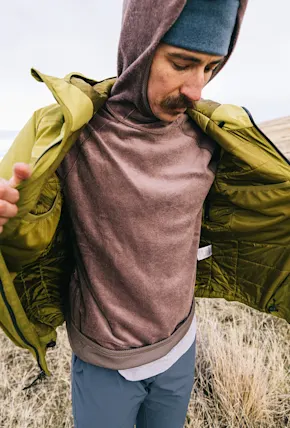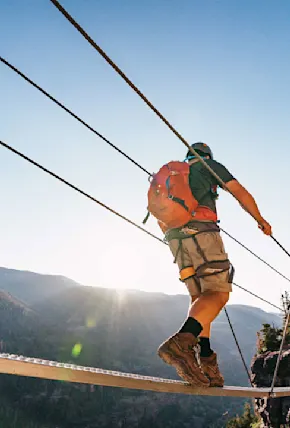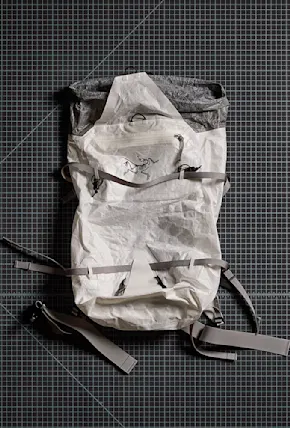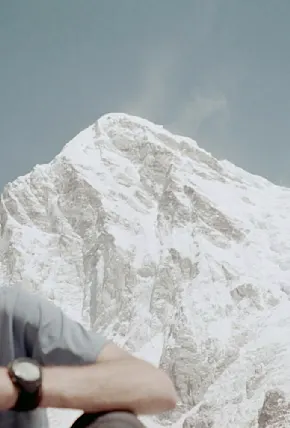Photography by Travis Perkins shot at the 2020 Ouray Ice Festival
With the crowd swelling to 25,000, attendance for the 2019 Ice Climbing World Cup was larger than the biggest arena in professional basketball. Based in downtown Denver, hordes of onlookers watched 64 athletes from 19 countries go head-to-head, using metal tools to climb vertical walls of ice. According to the UIAA, the official organizing body, millions more live streamed the competition from home.
Participation
In the early 2000s, ice climbing had an estimated fifty thousand active participants. Today the OIA reports that there are over 3 million ice climbers in the U.S. annually. Following the rapid rise of rock climbing, ice climbing has seen double digit growth for a handful of years and shows no sign of slowing down. With ice climbing crags across the country in Montana, Colorado, and dotting the northeast, there are ample places for new climbers to get out and try the sport.















